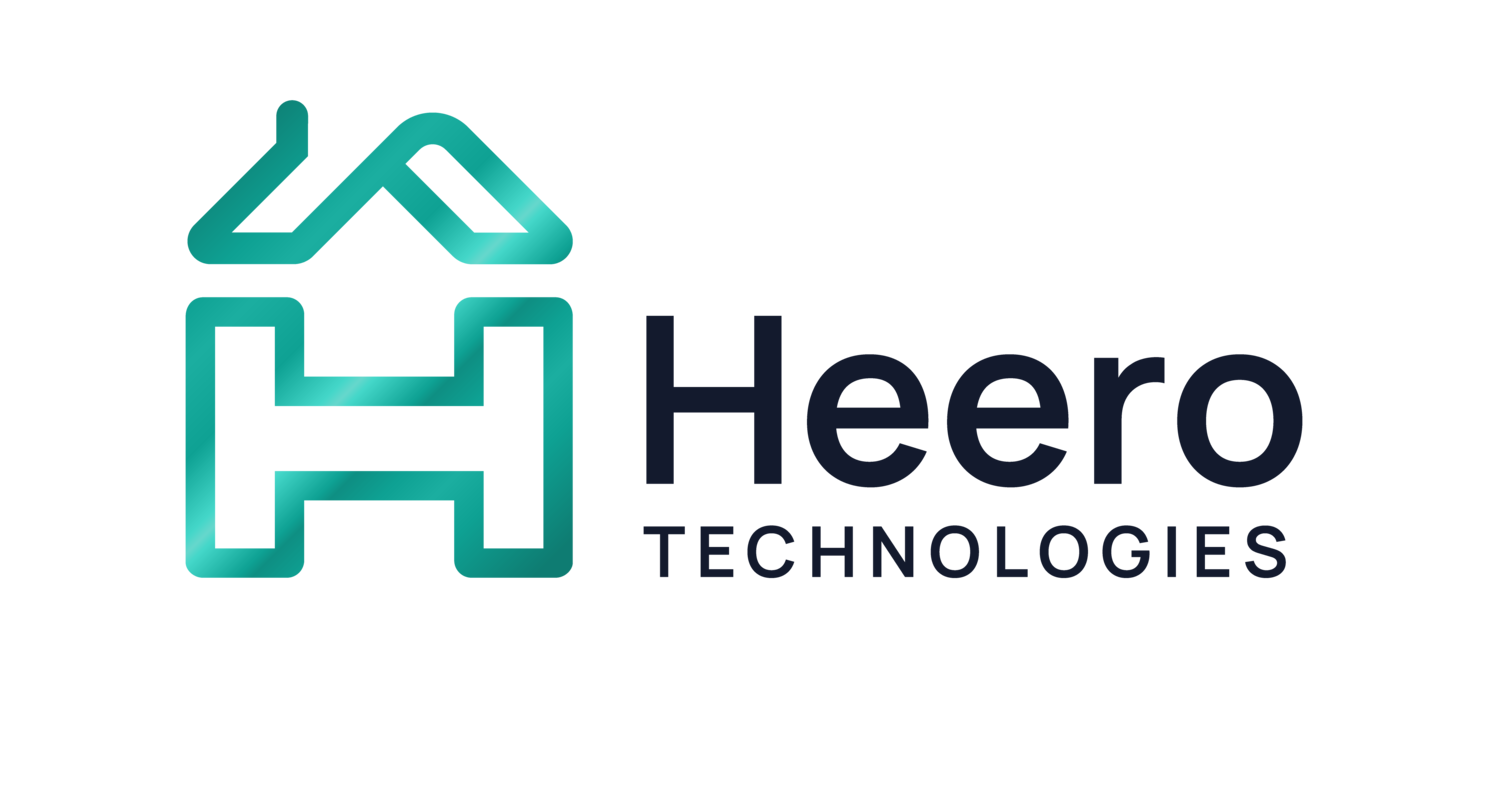Debunking Common Retrofitting Myths
Throughout the retrofitting customer journey, homeowners encounter several barriers that affect their capability and motivation to implement energy efficiency measures. Research conducted by Kingfisher earlier this year found that the most common perceived barriers to home energy improvements are not being able to afford the upfront costs (34%), not knowing enough about what the options are (33%), not being sure if it’s worth the investment (30%) and seeing it as too much hassle (27%).
While these are legitimate concerns, they are generally driven by misconceptions around energy efficiency and decarbonisation. To encourage homeowners to take active steps towards retrofitting, it is vital that these myths are addressed.
Myth 1: Retrofitting is expensive and disruptive
Many consumers perceive retrofitting to carry impractically high costs while causing significant disruption. In fact, research by Barclays and Ipsos shows that misconceptions around the cost and inconvenience of installing energy efficiency-related modifications are among the issues holding homeowners back from making energy efficient upgrades to their homes. As a result, and despite record energy bills last winter, 55% of participants do not feel confident making their homes more energy efficient, while 33% have ruled out making energy efficiency-related modifications altogether.
The reality is that some measures may be more costly than others, and others may involve some disruption to a household, but this differs from property to property. There are several solutions available to help cover the costs – from green mortgages to government grants and financing, while the advent of innovative technology means that retrofitting is becoming a more streamlined and less intrusive process.
Myth 2: Energy efficiency options are confusing
Although advice and information on home energy efficiency solutions is widely available, homeowners often find the options available to them unnavigable. Additionally, figuring out what grants and financing they are entitled to can be confusing. Even in cases where homeowners know what they want, understanding the various aspects can be a challenge.
Thanks to technology, this does not have to be the case. Modern solutions enable industry stakeholders educate and encourage homeowners to take active steps towards energy efficiency and decarbonisation.
In fact, there are tools available that enable lenders and installers to present homeowners with energy-saving options and solutions in an easy-to-understand way. By removing complexity, homeowners are empowered to make decisions that will help them save money on energy bills, that will increase the value of their homes, and that will have a positive impact on the environment.
Myth 3: The impact of individual households is negligible
Homes are responsible for 48% of carbon emissions from the built environment, which makes improving domestic energy efficiency and decarbonisation mission-critical to delivering on the UK’s net zero commitments.
What’s more, according to Citizens Advice, a large-scale drive to improve the energy efficiency of the homes of 31 million people to a C rating by 2030 will not only cut consumers’ bills by £24bn, but will also save the NHS £2bn, reduce new cases of childhood asthma by 650,000, and prevent 570,000 children and adults developing mental health conditions associated with cold homes.
Considering this, implementing home energy-efficient measures is critical and the impact far-reaching, making the investment well worth it.
Myth 4: Not all homes will benefit from retrofitting
There are very few houses in the UK that wouldn’t benefit from a retrofit. However, when it comes to energy performance and decarbonisation, every property is different in terms of what is feasible and viable, while every homeowner has different circumstances, knowledge, and abilities to pay. As such, it is important to make sure the right measures are implemented in the right properties.
Technology is key to dispelling misconceptions
Technology can play a crucial role in debunking myths and shaping consumer attitudes towards retrofitting by providing accessible, understandable, and actionable information. In fact, according to research by OVO, 91% of consumers want more help to bring down energy bills while 76% want new technology to make their homes more efficient.
To help overcome the multitude of barriers and complex guidance householders often encounter when trying to reduce their energy bills, Heero Technologies has developed an easy-to-use App aimed at guiding people through the entire retrofit journey while streamlining the user experience.
The App is designed to incite action by accurately showing which property-specific energy efficiency measures can produce the biggest gains, what the cost of installation is, as well as what savings the suggested improvements will realise.
Although Heero is not a direct-to-consumer App, the benefits of the technology to homeowners are clear – it offers personalised energy recommendations, it addresses challenges and removes complexity over financing and government funding, it offers a seamless customer journey from insight to installation, and it provides trusted support.
Essentially, it equips homeowners with the knowledge and tools to make decisions that will help them save money on energy bills, that will have a positive impact on the environment, and that will increase the value of their homes.


